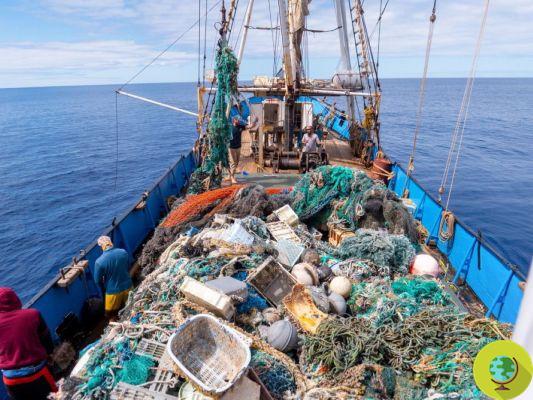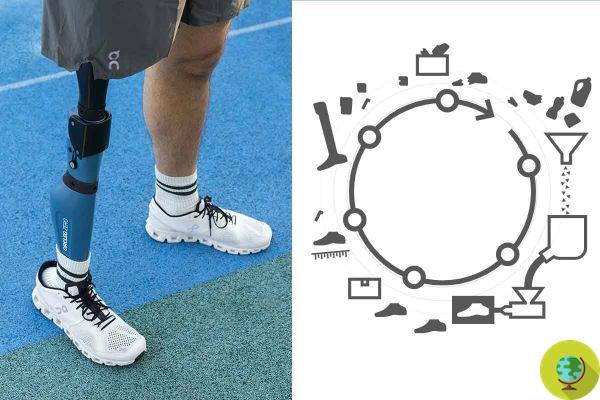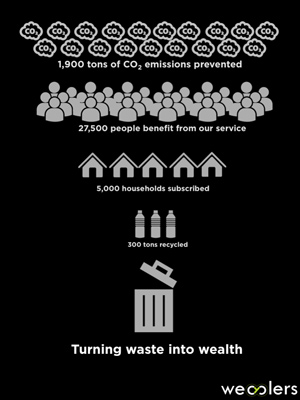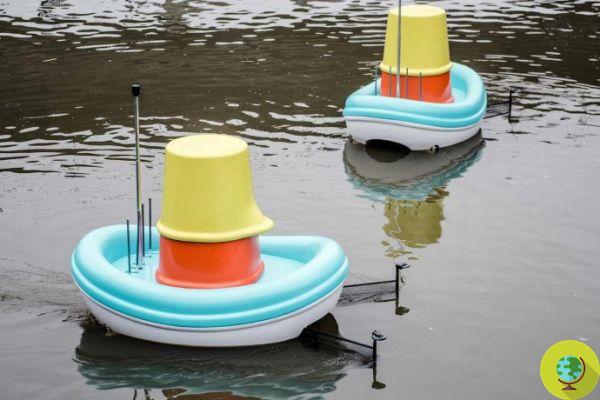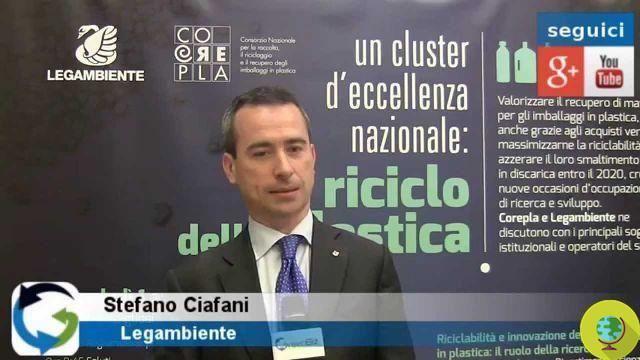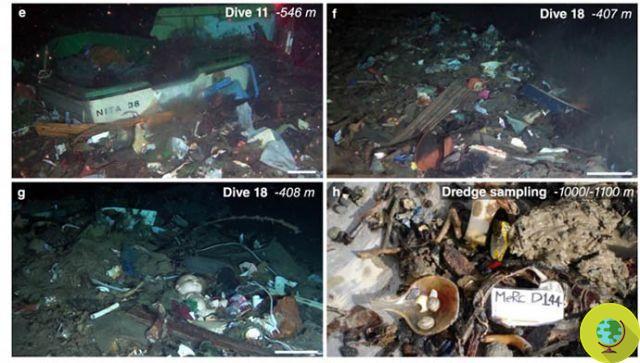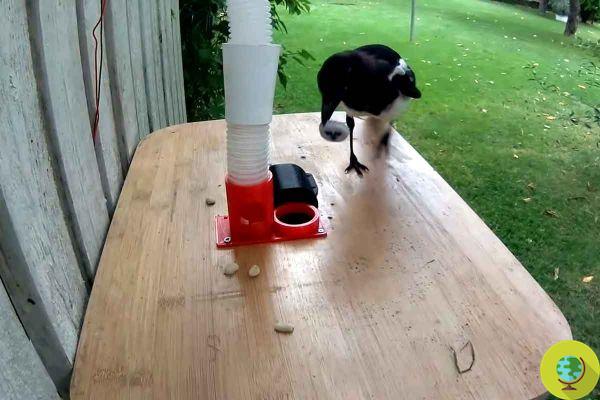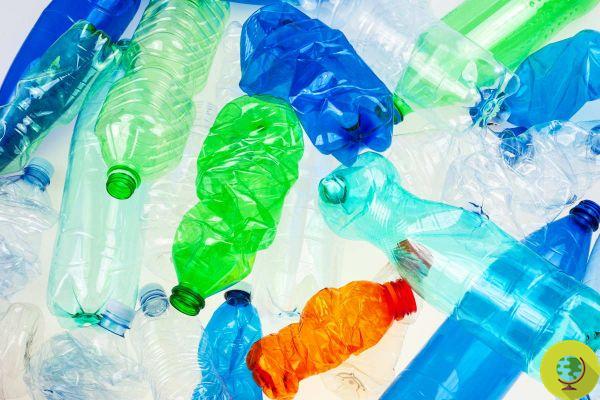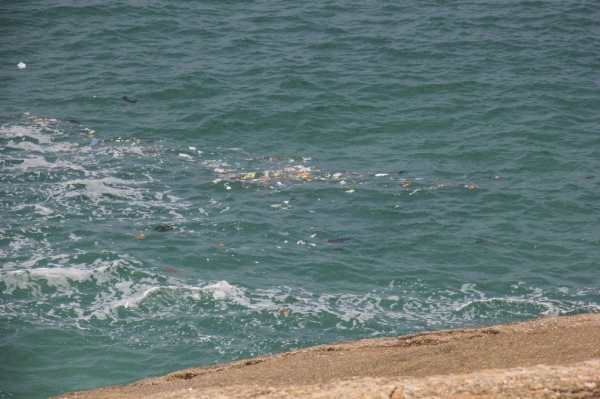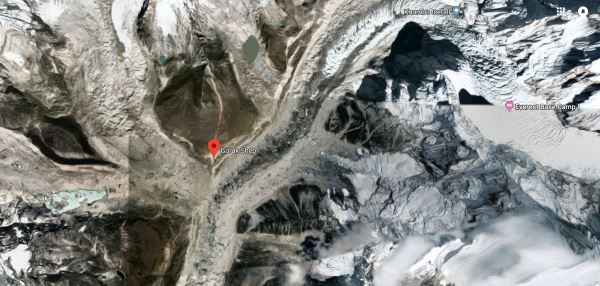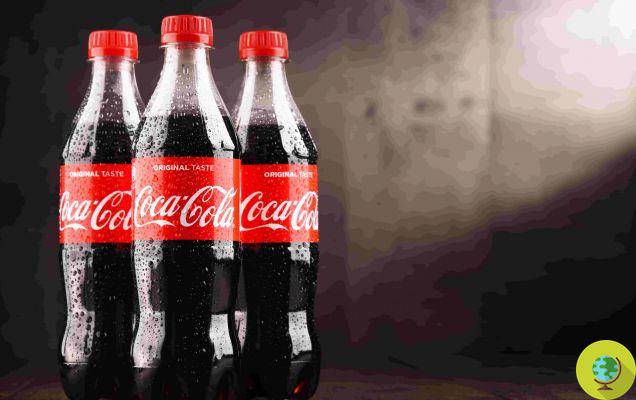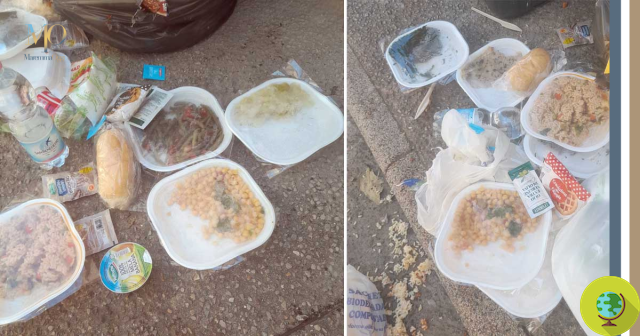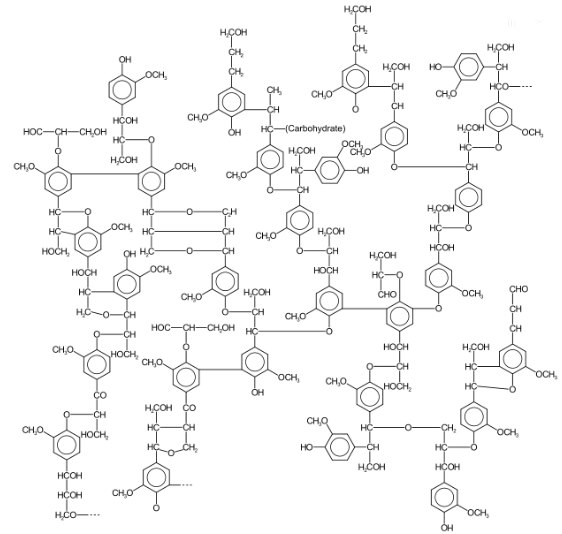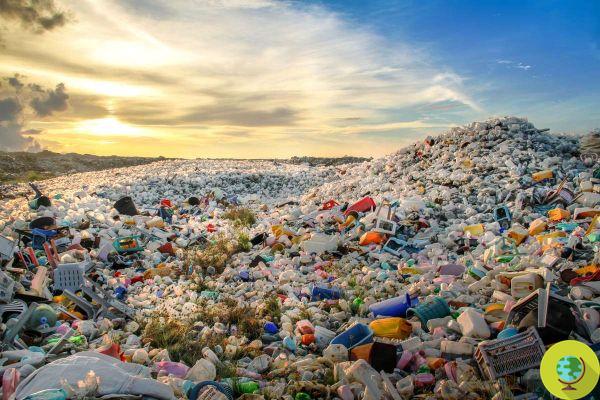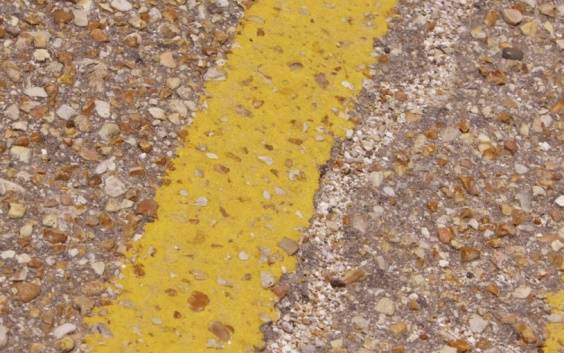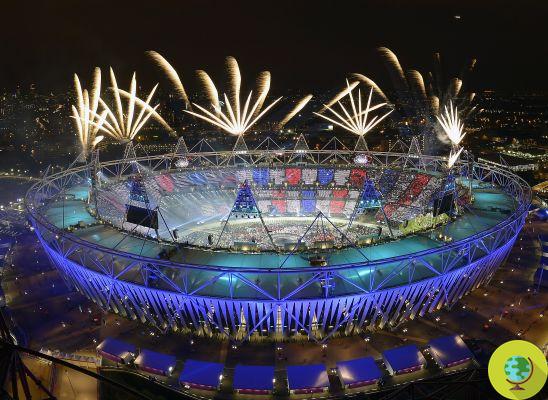
London's Olympic Stadium will be built on hundreds of tons of thorium and radio, according to the British Guardian newspaper.
He is about to end up run over, his mother saves himLondon's Olympic Stadium will be built on hundreds of tons of thorium and radio. This was stated by the British newspaper Guardian which recently conducted a survey on the East London Olympic site, reporting numbers and statements by experts and professionals.
According to documents obtained by the newspaper, thanks to the Freedom of Information Act, the area under construction for the 2012 games would contain hundreds of tons of radioactive waste mixed with low radioactive waste and stored in special cells.
The Olympic Delivery Authority, responsible for the infrastructure of the Olympic park, said there would be no risks for athletes and spectators, but the newspaper stresses that there could be if, as planned, after the Olympics the stadium will be demolished to make way for a new residential area.
A disturbing prospect, supported by the considerations of the independent expert John Large who, on the pages of the Guardian, declared: "There could be a great danger for the populations that will remain nearby and at least a new study of the radiological risk will be needed".
Sentiment shared by Andrew Boff, member and spokesman at the London Assembly Olympics. Following recent revelations, Boff pitted London Mayor Boris Johnson with questions to find out what his intentions were on the matter. The British politician wants to know if Johnson will launch an independent investigation to find out how the radioactive material is stored.
Not only that, Boff is also urging the mayor to ask the Olympic Park Legacy Company, responsible for transforming the site into a metropolitan area at the end of the games, to launch an investigation into the additional costs for the requalification operations necessary for its development. .
Great concern among the construction companies active in the area. Steve Wielebski, director of development at Miller Homes, strongly advised all building contractors to have their sites thoroughly examined before starting any construction project.
But how was it possible to start work in a contaminated area?
Before the Olympic Park, the area under investigation was home to polluting industries and landfills. Thorium and radium were illegally buried despite the restrictions on storage of the Radioactive Substances Act. During the 50s and early 60s the underground concealment of radioactive substances was on the agenda.
In July 2008, the ODA (Olympic Delivery Authority) found the presence of 40 cubic meters, approximately 50 tons, of radioactive waste for a level of pollution three times exceeding the permitted parameters. Added to the 1.500 cubic meters of low-radioactive waste, however, the overall level of pollution did not exceed the limit threshold.
Based on this data, the UK Environmental Agency did not veto it by stating that the contamination levels in the Olympic site's waste were within the norm. Furthermore, the waste was eliminated correctly, without breaking laws or rules.
Information, these, in contrast to the analysis of John Large who, reviewing the data contained in the dossier of Mike Wells, of the Freedom of Information, found a misinterpretation of the directives on the regulation of radioactive substances by ODA technicians.
Could the data have been manipulated to save the commercial value of the Olympic lots?
The ODA denied any misunderstanding or manipulation of the data, pointing out that it was the UK environmental agency that encouraged the storage of radioactive waste in special cells. Statements confirmed by the British environmental agency which motivated each decision by recalling the low levels of radioactivity of the waste in question.
ODA Director of Infrastructure Simon Wright said: “The Olympic park and all surrounding locations are completely safe with measurements that have detected radiation that does not exceed the levels permitted by law, levels that people encounter in everyone's life. the days."
John Large remains skeptical, and has launched an independent investigation to eliminate any doubts about the real risks for workers and residents of the area.
Serena Bianchi




